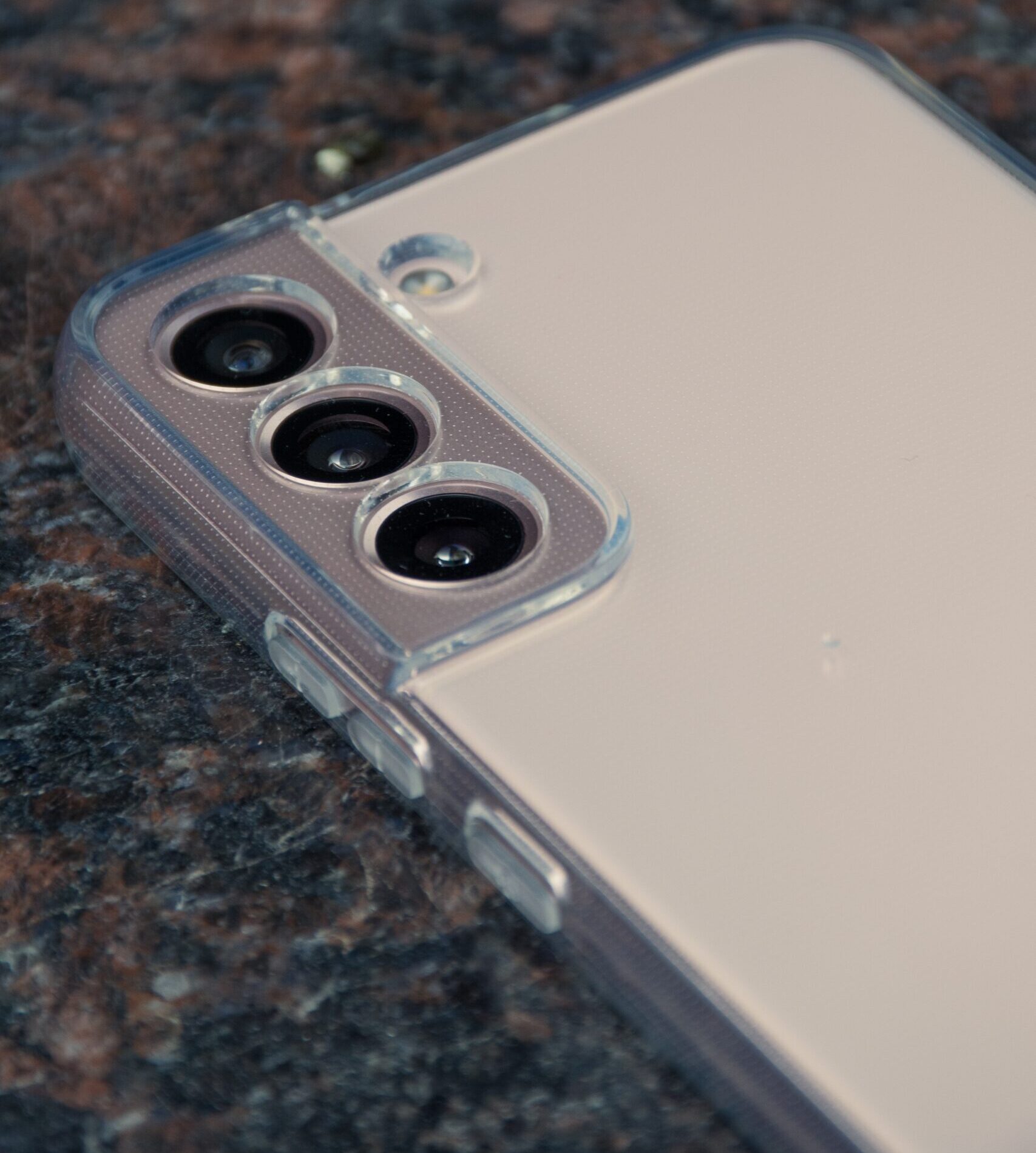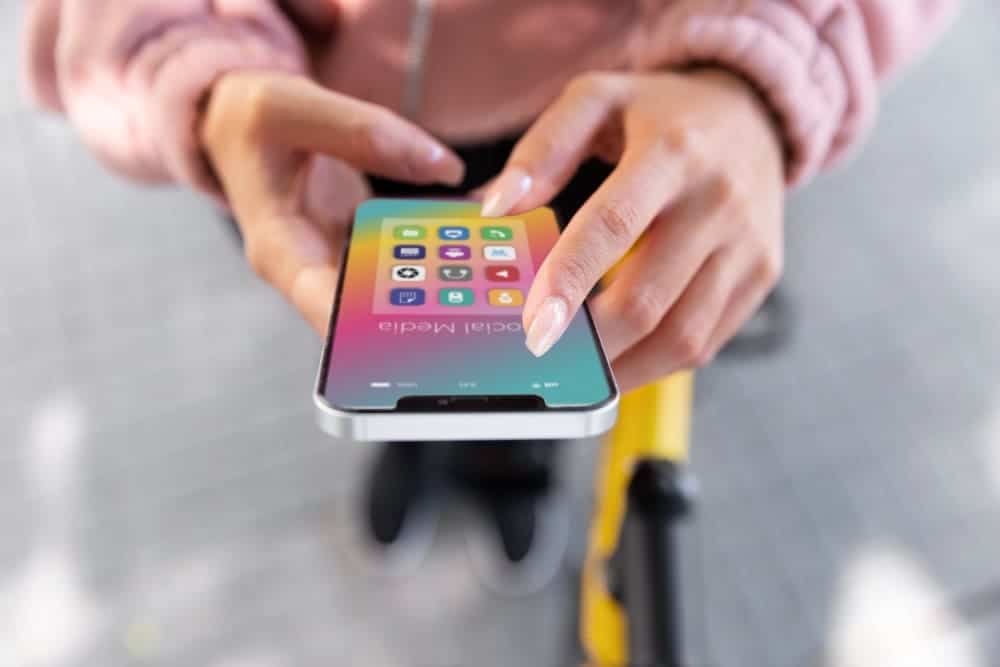Learn more about the controversy surrounding cell phones in schools. See the advantages of using the device in class.
Have you ever imagined the infinite resources that a simple smartphone with Internet access can provide in a classroom? In addition to being a work tool to meet everyday demands and foster close relationships in the online world, the device is also a currency, volume, length and weight converter. In addition, it can help detect temperature and weather factors. The cell phone also has functions as a compass, calculator, dictionary, translator, among many others.
In other words, the Play Store or App Store opens up a parallel universe with thousands of possibilities for educational applications. However, devices can also be a distraction from learning, so the general advice is to keep your distance. However, it should be recognized that simply prohibiting their use is not effective in preventing distraction among students. After all, is there no way to filter the content accessed during class time and allow useful tools to be used? See what the experts have to say.

Technology in school: is it worth including?
According to the 2021 TIC Kids Online Brasil survey, 93% of children and adolescents aged 9 to 17 in the country are internet users, equivalent to approximately 22.3 million people in this age group, and surprisingly, the cell phone is the main device for this access (93%).
The fact is that we can no longer resist the advance of information. In other words, it is impossible not to use technology inside and outside the classroom. Therefore, there is a need to think of smartphones as tools that support education through effective practices that can develop strengths and establish limits and obligations.
But what are the benefits of using this? Children and young people are increasingly connected to technology. Therefore, using cell phones as an educational aid in the classroom can be a very productive strategy. Exposure to a connected society and the protagonists of its activities gives students access to various resources as they learn. Having these tools available for learning improves motivation and increases engagement with the content.
Innovation in learning
To achieve positive and engaging results, teachers can and should learn about technological advances to create more creative and interactive lesson plans. Teaching through smartphones can capture students’ attention and effectively promote content retention.
Promote access to information
In addition to mobility, mobile phones provide students with easy access to a variety of high-quality materials such as music, e-books, infographics, videos, and unlimited content browsing. In this sense, the power of information is in the hands of young people anytime, anywhere.
The lessons on fake news remain valuable in educating everyone on the topic, guiding them to consult reliable sources and encouraging them to investigate and review real content as any good investigator would do.
The reality is that if technology combined with smartphones permeates the school environment, both teachers and students can benefit. The active methodology, widely popular and recommended today, has great advantages beyond bilingual education. But, of course, setting limits, so the cell phone is no longer the main villain.



